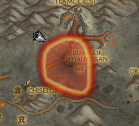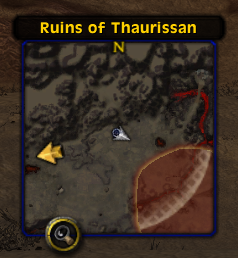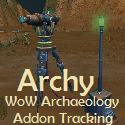We have some more info from the upcoming expansion pulled from the official threads of Chinese forum.
It translates into what we have posted below:

I heard there would be archaeology dailies. Are these dailies available only when archaeology skill reaches 525? Or is it like the fishing and cooking dailies in Cata, which merely require minimum skill points? (Source)
The latter. Archaeology dailies are like fishing and cooking, chosen randomly from 3-5 quests every day.



 April 22nd, 2012
April 22nd, 2012  Uriah
Uriah 



